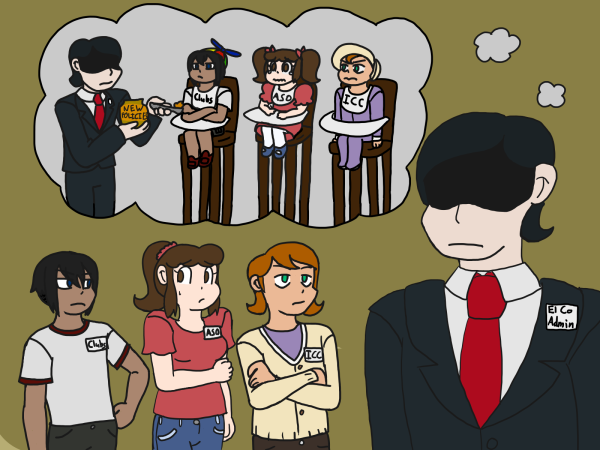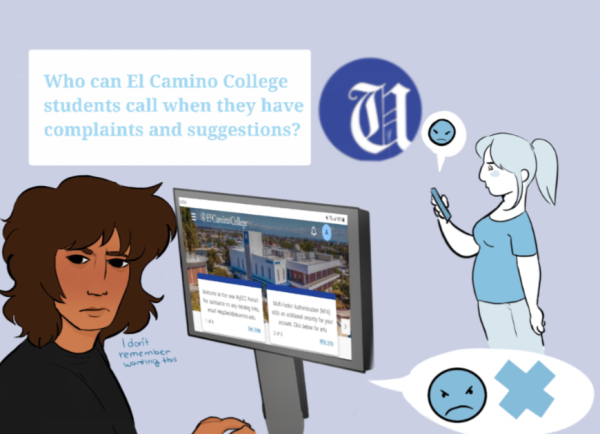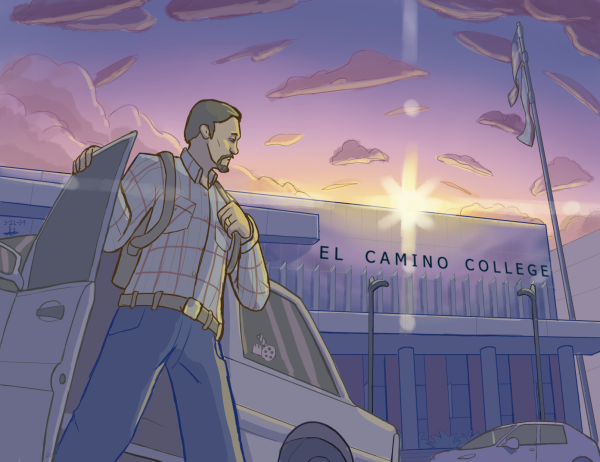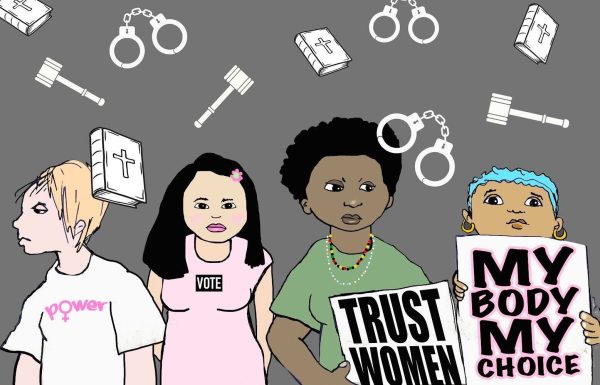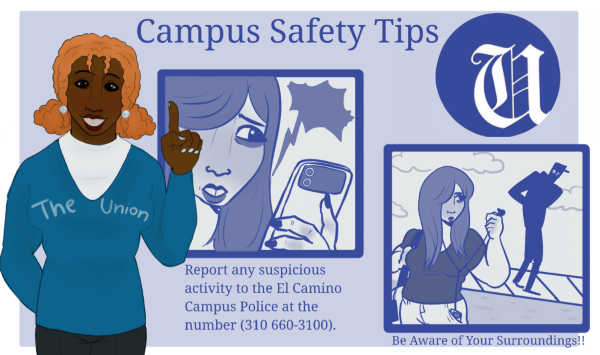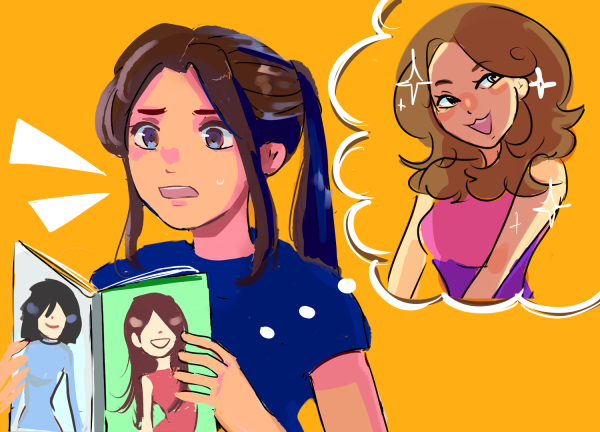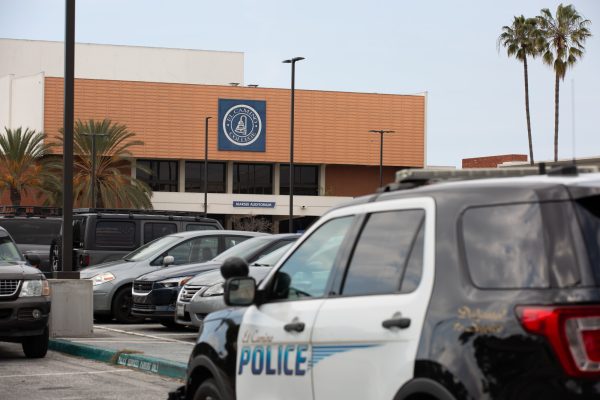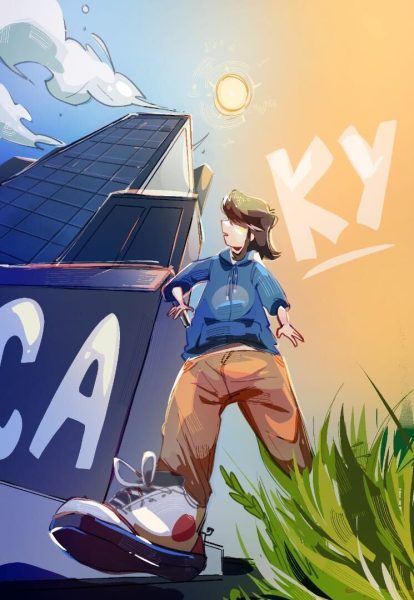Should the ill choose to die? NO
Assisted suicide and euthanasia are words that have been on the minds of many in recent weeks as a brain damaged woman is slowly being starved to death by the withholding of fluids and nourishment in spite of her parents’ efforts to save her.
The Terri Schiavo case itself does not actually deal with the issues of doctor-assisted suicide and euthanasia, since no active role is being taken to end the woman’s life.
Instead, a passive and much more common course of action is being mandated by the courts, to simply withhold artificial means of prolonging life.
Controversy in this case only exists because Schiavo left no specified wishes in relation to her being kept alive by artificial means. Had she officially made her wishes known by way of a do-not-resuscitate order or other official means, then there would be no legal question as to whether she should be kept attached to the feeding tube that she requires to stay alive.
Since she left no such directive, the decision legally falls to her husband, Michael Schiavo, who has not remained faithful to her.
Some say that because he has been living with another woman for most of the time that Mrs. Schiavo has been in a persistent vegetative state, the responsibility for her medical decisions should be given back to her parents; they would have been responsible for her care had she not been married when she entered the persistent vegetative state.
Refusing medical treatment and artificial life prolonging are in no way the same as suicide and withholding treatment from a fatally ill patient who has made the wish to die known, whose spouse or nearest relative has decided that not preventing death is the best course of action.
Euthanasia, like assisted suicide, requires a doctor’s role in ending life, whereas withholding treatment is passive Since a written directive from Schiavo stating that she did not want to be kept alive artificially never existed, the court-ordered action of withholding fluids and nourishment from this woman is negligent.
People whose job is to preserve life are now having their hands tied so that they must watch helplessly as a life is allowed to fade slowly and painfully away. Many believe that the pain of starving to death must be worse for Schiavo than it would be for her to be easily put down by a lethal dose of morphine or other painkiller.
However, this would be euthanasia; in other cases where patients are able to request that their doctor put them down in such a way, it is known as assisted suicide. As one option that presents itself to the mind of a fatally ill patient, the prospect of a doctor-aided, painless death may seem the only way to avoid a long emotional and painful battle with a disease like cancer or AIDS.
Advocates of the easy way out do not leave room for new medical discoveries during the course of treatment, which can restore a patient’s life to normalcy. Only a few years ago, many cancer patients would have been given six months to a year by their doctors to put their lives in order before they die.
Many of those patients who were given a prescription to despair have since received experimental and new treatments, developed during the course of their disease, and now have beaten cancer and are living happy, productive lives.
People who contracted AIDS in its early decades, before modern treatments were developed, also must have seen a swift and comfortable death, at the hands of a doctor, as a better option than living a short painful time with the debilitating disease.
However, had these people followed the ideas of their desperation, they would have completely missed out on the fulfilling lives that they have been blessed with since they were diagnosed and began treatment years ago. Hope has to still exist that we can conquer these things, and not just give up.
The involuntary taking of a life, like Terri Schiavo’s, or the AIDS and cancer patients’, is wrong, not only because it treats a human life like that of a soulless creature, but it immediately removes the possibility of a treatment being found that will work and ultimately restore the life of that person; hope needs to be kept alive.


